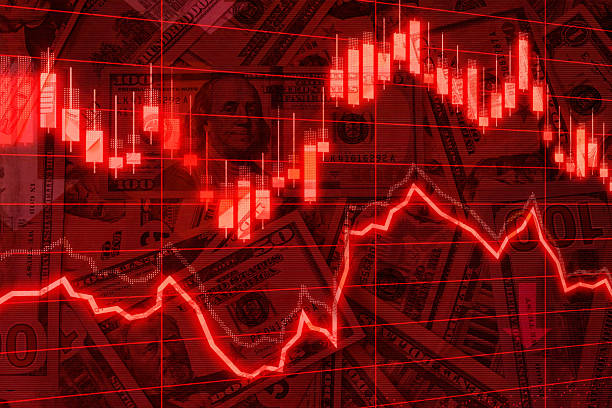The global economic outlook for 2025 has been significantly downgraded by major international bodies, including the World Bank and the International Monetary Fund (IMF), who now project a sharper slowdown than previously anticipated. The primary culprits are a surge in new trade barriers, heightened geopolitical tensions, and an overriding atmosphere of policy uncertainty that is stifling business investment. Global GDP growth is now forecast to be around 2.6% to 3.0%, a marked decrease from prior estimates. This deceleration is not evenly distributed; it is primarily concentrated in economies heavily reliant on global trade, most notably China, the Eurozone, and the United States, as trade partners impose reciprocal tariffs. These barriers are having a dual negative effect: they raise prices for consumers and businesses (fueling inflation) while simultaneously curbing global demand and investment.
The consensus among economists is that the prevailing uncertainty is forcing companies to hold back on capital expenditure, leading to a weaker pace of job creation and income convergence. Furthermore, the divergence in monetary policy—with the US Federal Reserve cautiously cutting rates while others like the European Central Bank ease more decisively—adds another layer of complexity for international investors and corporations. The clear message is that to restore confidence and foster sustainable growth, policymakers must prioritize reducing trade fragmentation and increasing predictability in the global economic system.
